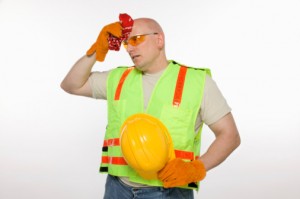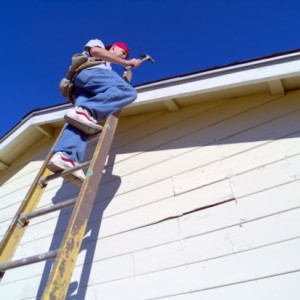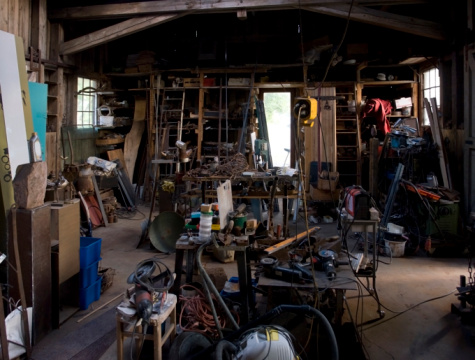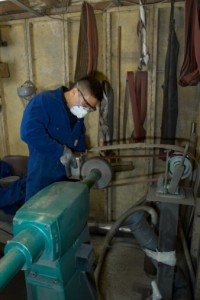 Since October is Eye Injury Prevention month, it’s important to keep your eyes protected. You only have one pair of eyes. Those are the last two you’ve got. Even with the advances in modern medicine, doctors and surgeons won’t be able to give you new working eyes.
Since October is Eye Injury Prevention month, it’s important to keep your eyes protected. You only have one pair of eyes. Those are the last two you’ve got. Even with the advances in modern medicine, doctors and surgeons won’t be able to give you new working eyes.
With an estimated 2,000 U.S. workers suffering a job-related eye injury that requires medical treatment, accidents aren’t always caused by big, sharp objects that cause one big blow. Most of the time, eye injuries occur from tiny specs of metal, particles of dust, or traces of chemicals that can cause irreversible damage.
To help you steer clear of dangerous eye activities, here are some useful tips to make sure your eyes are properly protected so you can see in the days ahead of you.
Not Any Coverings Will Do
Different jobs and industries need different kinds of eye protection. Your employer should have provided or informed you about the kind of eye protection you should wear, when you should wear it, and where you should wear it. If your employer isn’t enforcing or instructing you on what kinds of eye protection to use, do not start on the job until you are properly equipped. You can check with the Occupational Safety and Health Association for a guide on proper eye and face protection.
It’s important to remember that contact lenses were not designed to provide eye protection. Also, it is a good idea to have a pair of prescription glasses ready if you need to take out your contact lenses. Contact wearers will find getting particles in the eye is a painful annoyance that distracts them from their job, which can lead to more dangers.
Fit to Prevent
It’s important that your protective gear properly fits your eyes and face. If they are too crooked, tight, uncomfortable, or loose, you’ll be more inclined not to wear them. While you may have a busy schedule, there is always time to properly adjust your protective equipment. It’s also important to keep your eye protection clean and properly kept. Scratches, smudges, and dirt can impair your vision and possibly put you in even more danger. Therefore, it’s important to store the equipment in a case to avoid scratches and stretching out the elastic in most headbands. Wash your gear with warm, soapy water and dry with a soft cloth or tissue.
Two Wrongs Don’t Help Your Sight
Never try to remove foreign substances, other than contact lenses, from your eyes. Also, refrain from removing a foreign material from the eye of a co-worker. Playing doctor generally makes the condition worse. Contact your employer’s medical department, a doctor, or an ambulance right away for treatment of an eye injury. You should also familiarize yourself with the company policies and procedures should any accident occur and follow those to the best of your ability.
Mean Computer Screens
Eye injuries can happen to anyone, even in an office setting. While injuries may not be immediate, constant viewing of a computer screen causes eye strain that can lead to serious injuries in the long run if not properly taken care of. It’s even more dangerous today since many people who work all day in front of a computer screen generally go home to spend personal time in front of a computer or television screen.
That’s why it’s important to give your eyes a break throughout the day. When you get up every few hours, make sure you blink your eyes or use eye drops to keep them properly lubricated and refocus your eyes on different objects at different distances to give them a rest.
If you have any doubts about whether you should be wearing eye protection, talk to your supervisor. Your eyes are the only two you will ever have. With these guidelines, you’ll be better equipped to avoid injury and enjoy the beauties of eyesight.






